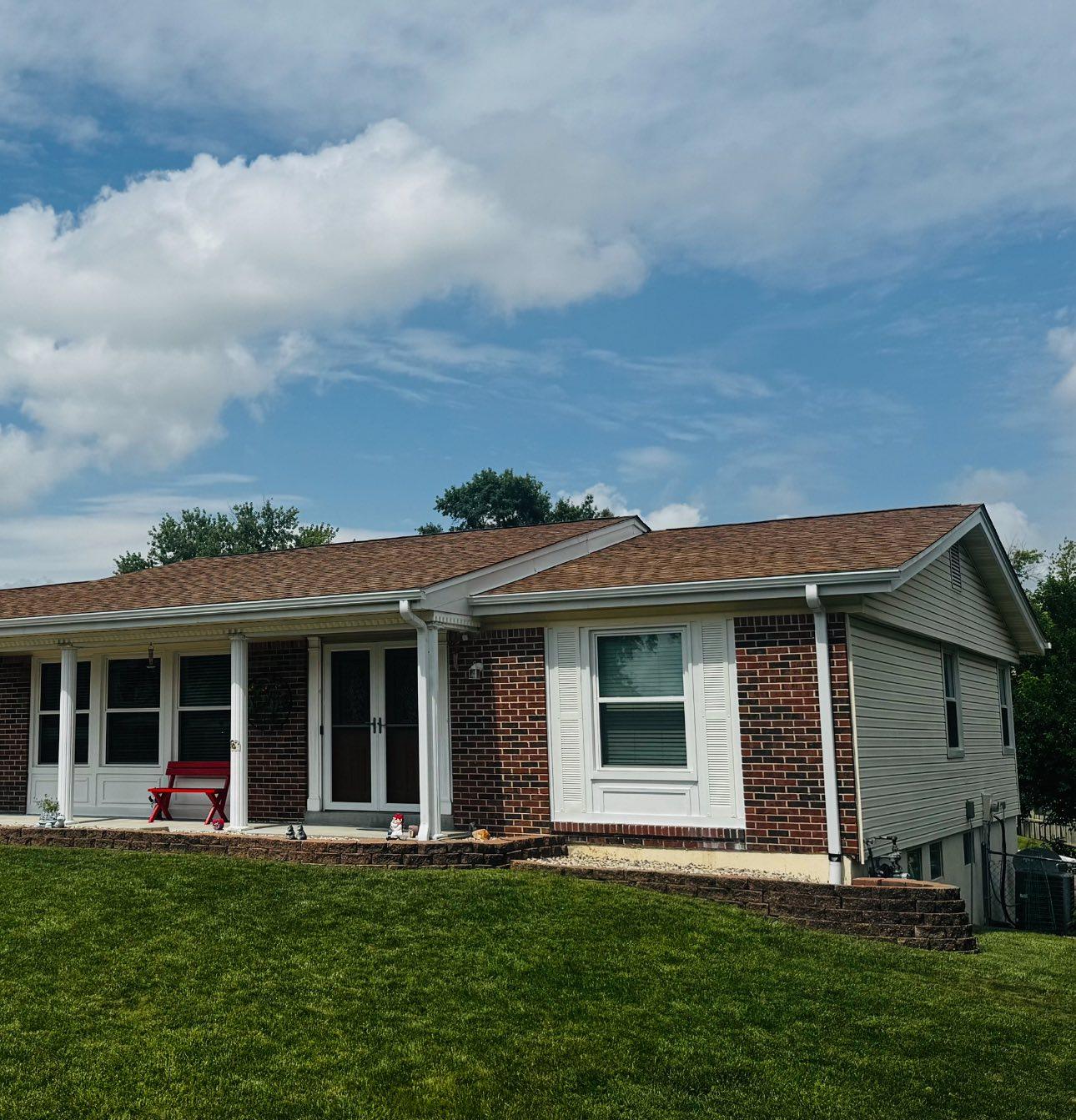
Understanding Roof Underlayment: A Crucial Layer of Protection for Your Home Nov 02, 2025
The roof underlayment is a waterproof or water-resistant barrier material installed directly onto your roof deck before the primary roofing material. Its primary purpose is to provide an extra layer of protection against water infiltration, which can be especially critical during inclement weather or when shingles are damaged or blown off. Essentially, it acts as the roof's unseen guardian, ensuring moisture does not compromise your home's structure.
There are generally three types of roof underlayment that you might encounter: asphalt-saturated felt, rubberized asphalt, and synthetic underlayment. Each has its advantages and suitability, depending on your specific roofing needs:
1. Asphalt-Saturated Felt: Traditionally known as tar paper, this option offers an affordable and reliable choice for many homes. Its composition of asphalt and natural plant fibers makes it suitable for a range of environments, providing moderate moisture resistance.
2. Rubberized Asphalt: This type of underlayment features a higher percentage of asphalt and is typically self-adhering. It is ideal for areas prone to severe weather conditions due to its superior waterproofing capabilities. However, it comes at a higher cost compared to other types.
3. Synthetic Underlayment: A more modern option, this material is made from a blend of polypropylene or polyethylene. Synthetic underlayments are generally lighter, provide excellent water resistance, and have superior durability, making them an increasingly popular choice.
Choosing the right underlayment involves considering various factors such as climate, budget, and specific roofing materials. Consulting with professionals like those at Lookup Roofing LLC can help you navigate these choices and select the underlayment that best suits your home's needs.
Aside from its protective properties, roof underlayment also contributes to your home's energy efficiency. By providing an additional layer of insulation, underlayment can help maintain a consistent temperature within your home, potentially lowering heating and cooling costs. This aspect underscores the value of investing in quality underlayment not just for immediate protection, but for long-term savings.
Furthermore, a properly installed underlayment can improve the longevity of your roofing system. By minimizing the risk of moisture damage and other environmental factors, it extends the lifespan of the primary roofing materials, offering peace of mind to homeowners.
To ensure optimal performance, it is essential to have the underlayment professionally installed. Skilled technicians will ensure that the underlayment is applied evenly and securely, especially around roof edges, valleys, and penetrations where leaks are most likely to occur.
In conclusion, roof underlayment is a crucial layer of protection that should never be underestimated. As you plan repairs or a new roofing project, consider its role in safeguarding your residence against water damage and supporting energy efficiency. At Lookup Roofing LLC, we are dedicated to helping you make informed roofing choices, ensuring your home remains safe and resilient, one layer at a time.
/filters:no_upscale()/media/7ed5585f-b22a-46dc-bb68-b74caedda02b.jpeg)
/filters:no_upscale()/filters:format(webp)/media/dea847e3-b5e4-4962-bfb6-218b2f1bd8d2.jpeg)